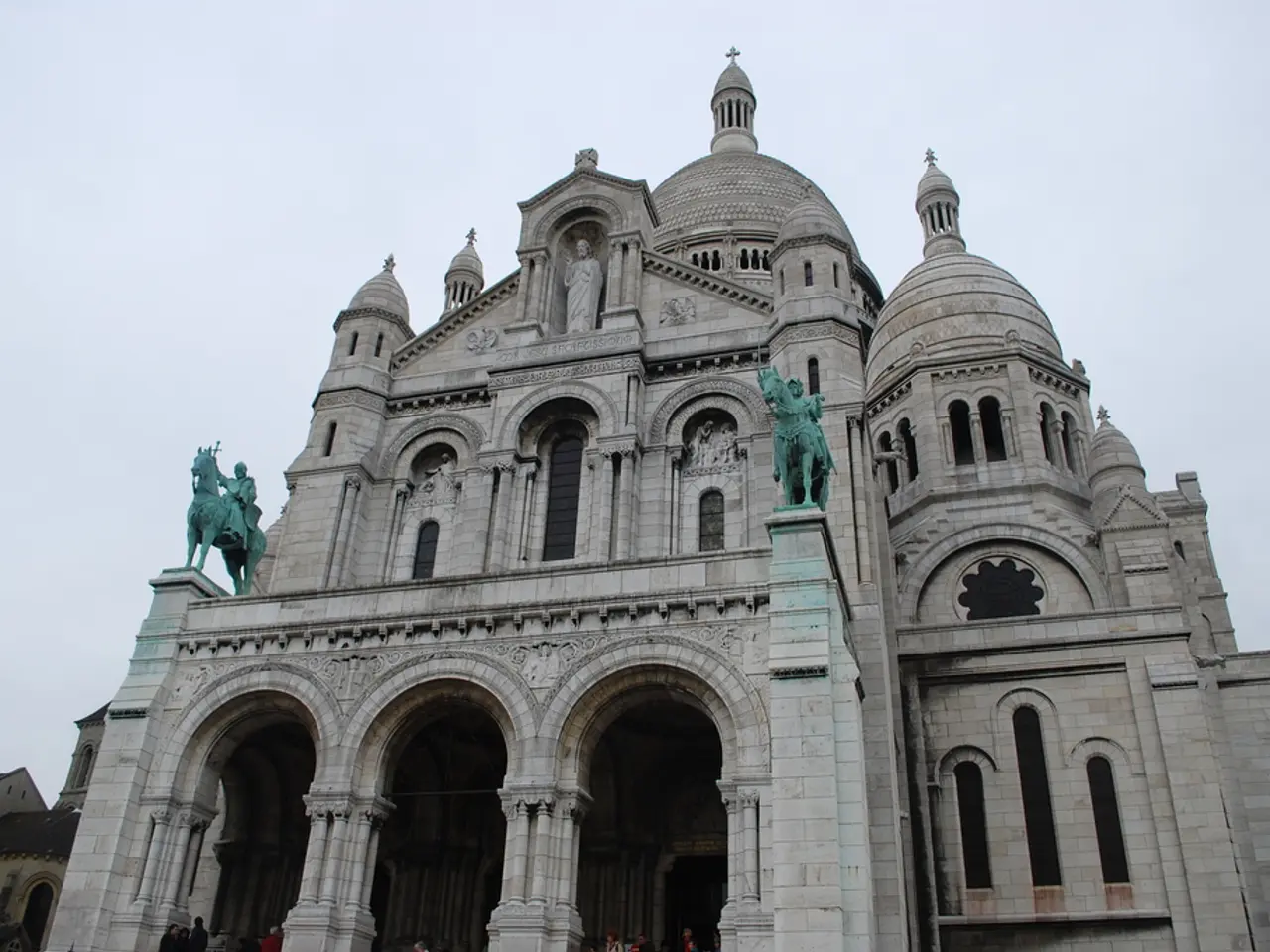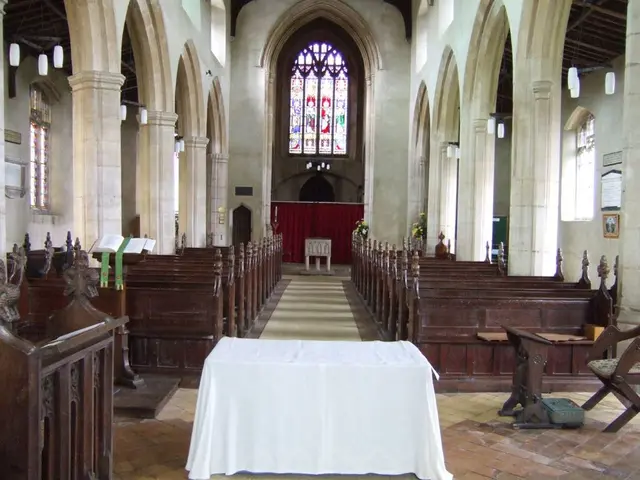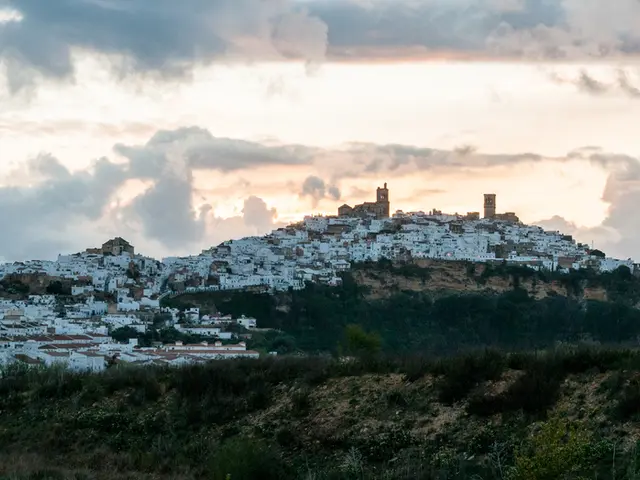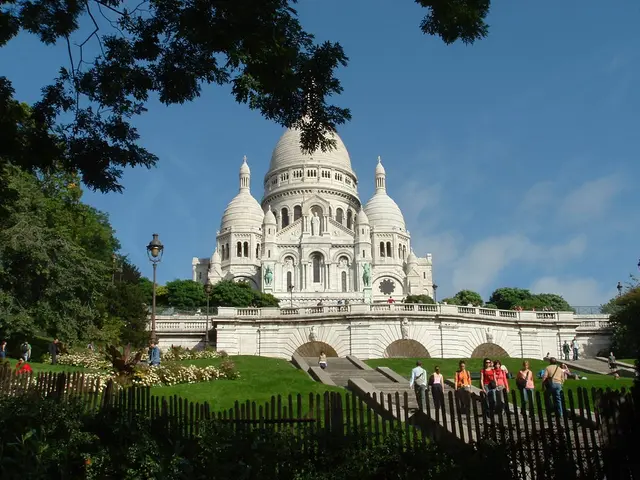Humankind's Remarkable Legacy
Germany's rich cultural history and diverse landscapes have earned it a place among the world's most significant heritage destinations, with over 50 UNESCO World Heritage Sites. The latest additions, as of July 2025, include the fairytale castles of Bavaria built by King Ludwig II.
The UNESCO World Heritage Committee officially inscribed four prominent Bavarian royal residences: Neuschwanstein Castle, Herrenchiemsee Palace, Linderhof Palace, and the Royal lodge on Mount Schachen. These spectacular castles, nestled amidst idyllic natural surroundings in Upper Bavaria, are celebrated as architectural masterpieces that embody both the artistic imagination and eccentricity of Ludwig II (1845–1886).
Neuschwanstein Castle, renowned worldwide for its fairy tale-like appearance with numerous spires, attracts over 1 million visitors annually. Initially conceived as a private retreat, these palaces showcase elaborate interiors and romantic architecture harmoniously integrated with the region’s scenic landscapes.
Germany’s established UNESCO sites include historically significant places such as Aachen Cathedral, which was the first site in the country to be included on UNESCO’s World Heritage list in 1978, and the Zollverein Coal Mine Industrial Complex, showcasing the country’s cultural heritage from medieval times to the industrial age.
In 2024, Schwerin Castle in Germany and the small Saxon town of Herrnhut were recognized as new UNESCO World Heritage sites. Schwerin Castle, popular among visitors and used as a filming location for productions like "Kingsman: The Golden Circle," was formed in the mid-19th century. Herrnhut, founded in 1722 by refugee religious Moravians as a result of the Counter-Reformation, offers a unique insight into the region's religious history.
These new inscriptions highlight not only Germany’s historical architecture and royal legacy but also its ongoing commitment to preserving cultural landmarks that have outstanding universal value to humanity. The sites recognized range from churches and monasteries, such as Cologne Cathedral, Speyer Cathedral, and Maulbronn Monastery, to towns and castles, prehistoric settlements, modern architecture, industrial monuments, and biospheres.
The memorial sites in Eisleben and Wittenberg, as well as Wartburg Castle, are linked to the work of reformer Martin Luther, while the lavish Sanssouci Palace in Potsdam represents certain periods of monarchy in Europe. These diverse sites reflect Germany's deep-rooted cultural heritage and its commitment to preserving historical treasures for future generations to enjoy.
[1] https://whc.unesco.org/en/list/1111 [2] https://whc.unesco.org/en/list/434 [3] https://whc.unesco.org/en/list/1247 [4] https://whc.unesco.org/en/news/20050705
A visit to Neuschwanstein Castle in Bavaria, Germany, provides a stunning example of the country's UNESCO-recognized royal residences, showcasing the artistic imagination and eccentricity of King Ludwig II. Travelers who appreciate Germany's lifestyle and rich history can also explore Schwerin Castle, a 19th-century palace that recently became a new UNESCO World Heritage site.




